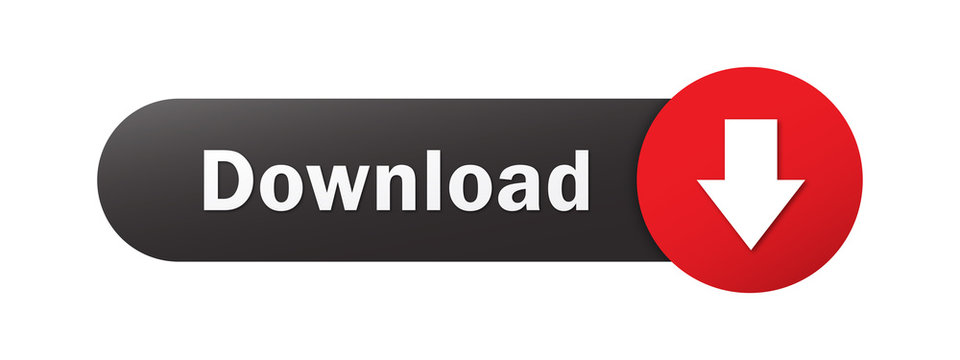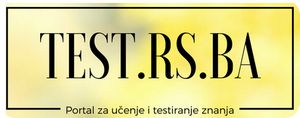Takeaway: Myths, misconceptions, and confusion still plague the world of open source. Here’s the real scoop for anyone considering a move to an open source solution.
I remember a day when the mention of open source in a business setting — no matter the size of the business — was unthinkable.
The times they have changed, and open source is no longer considered a pariah. In fact, open source is often now considered first when a solution is needed. But when open source is being considered, certain things must be known. If you just dive in head first, there may well be some surprises waiting for you.
To keep new open source users from losing their sanity, I thought it might be helpful to list a few things everyone needs to know about open source before it’s put into place.
1. It’s not just for Linux
This is probably where most users get tripped up. When open source is brought up in a conversation, talk inevitably (and almost always initially) turns to Linux. This causes the public to assume open source is only for Linux. Not so. There are plenty of open source projects that are either cross-platform or Windows-only. This site lists a variety of Windows open source software. But that site doesn’t include the listing of big-time players, like Apache, MySQL, Joomla and Drupal.
2. It’s not always free
To be considered open source, the source code needs be freely available. This does not mean the application itself must be free. There are actually a lot of companies making money from their open source projects. In many cases, the price tends to be attached for things like support or added features, but companies tend to make a “community” version of their product, which is free. When a company sells a community version, it’s usually a stripped-down, bare-bones version of the commercial (but still open source) product. A great example of this is Zimbra, a powerful email and collaboration tool that offers a free, open source edition and editions that have price tags (as well as more features and less access to source.)
3. It may or may not have support
Some open source software offers support options (sometimes with an associated cost) and some don’t. This is often a deal-breaker for larger companies. But even though a piece of open source software doesn’t have a corporate-friendly 24/7 support hotline to call, that doesn’t mean there is no support. Sometimes, there are forums and /or mailing lists for support. In other cases, the developers who created (or work with) the software can be contacted. Support options are certainly available — even if that support might not be compatible with the corporate train of thought.
4. You have full access to the source code
Although this generally doesn’t apply to the average user, I do like to bring it up to make sure possible users are aware of both ends of the spectrum. Open source does, in fact, mean you have full access to the source code of a program. That does not mean you need access to the source. This is a myth that has been around for a long, long time. Just because the source is out there and available doesn’t mean it’s necessary. In fact, users can go their entire life using open source software and never have to touch the source. But should you (or your company) want to make some modifications to an application, the code is there when you need it.
5. Open source is not just for programmers
A lot of the public seem to think that because of the nature of open source, only programmers use it. Is that because the source code is available? Does the availability of code mean that only those who know how to read, edit, and rebuild that code can and should use it? Not at all. Anyone can use open source software (from both a usage and legal standpoint) with or without the skills to modify and rebuild the software. It’s a safe bet that the majority of open source users do not have a single programming language in their skill set.
6. You aren’t breaking any laws by adopting open source
Thanks to SCO, people used to think open source adoption might be illegal. But fortunately, all that changed when the SCO case was tossed out. The use of open source software does not break any intellectual property laws. Nary a single case has proved that open source has infringed on other, proprietary work. So it’s safe to say that if you are using open source, you are not considered a rebel who is breakin’ the law.
7. You don’t have to be an expert to use it
This relates to the previous entries. Repeat after me: I do not have to be an expert computer user to use open source software. I still hear that old question, “Do you have to write your own drivers to use that?” The answer has been, for a long time, no. Many people still believe that open source software is for uber-geeks who can compile software in their sleep. Not so. In fact, with most open source projects, there’s no need to install from source now. Most platforms have binary installers that make adding open source software to your PC as easy as installing proprietary software. In some cases, it’s even easier. And using most open source software is the same. Open source, like all things computer, has evolved in direct opposition to that of the average computer user. As the intelligence of the average computer user drops, the ease of use of open source software increases.
8. Most open source software is as reliable as its proprietary counterpart
Open source software is everywhere. It’s available on Download.com, in the Android Market, in every Linux distribution’s Add/Remove Software utility, from Web sites across the globe… you name it. If you can do a Google search, you can find it. There are dedicated sites for open source software on specific platforms, and even Microsoft has a dedicated open source site. Open source has come a long way from its earlier roots, where locating the counterpart to a proprietary piece of software was like finding the proverbial needle in a haystack. Now that haystack has grown small and the needle very large.
9. Freeware and shareware are not the same as open source
Most users are familiar with freeware and shareware. Those two types of software are not the same as open source. If the source code to the software is not made available, that piece of software is definitely not open source.
10. You’re probably already using it
Are you using the Firefox browser? If so, you are already using open source software. In fact, a lot of people use open source without knowing it. OpenOffice, Thunderbird, Pidgin, Drupal, Joomla, GnuCash, Notepad++, and many more products enjoy widespread usage. And that doesn’t even account for the snippets of open source code that find their way into proprietary software.
A growing trend
Open source software no longer has the stigma attached to it that it once had. Many open source apps are now seen as either equal to or superior to their proprietary counterparts. I would expect this trend to continue, especially as more and more users move away from the traditional desktop and to cloud-based or virtualized solutions.
If you’re considering the migration from closed to open source software, there are things you should know, but very little you have to know. Armed with the right information, your migration to open source software can be painless and worry free.
Author: Jack Wallen
Related Linux articles
- Microsoft really does love Linux
- How Much Would Linux Debian Cost to Develop?
- How to run Windows apps on Linux with WineHQ
- Myths That Shouldn't Stop You From Trying Debian
- 10 things you should know about open-source software






